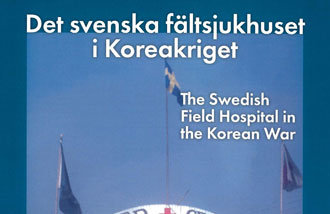Pollutants present throughout Korea
Pollutants present throughout Korea
Posted September. 06, 2000 12:09,
An environmental hormone known to decrease the production of sperm and reduce immune response has been found in minute quantities but throughout the peninsula.
The presence of dioxin has been detected in comparatively greater quantity in Banwol Industrial Park, and although a direct causal relationship has not been determined, certain oddities have been found in the fish and bullfrogs in the area.
In a study conducted by the Ministry of Environment from April last year to August this year targeting the ecology around the nation possibly affected by the environmental hormones, 28 harmful hormones belonging to 13 categories have been detected in 113 designated areas including air, soil and the suspiciously polluted water systems (rivers and lake beds). The study targeted 87 known harmful hormones from 37 categories.
This was the first such study conducted by the government for the environmental hormones and their residues, and is the second such study in the world following Japan. Of the 37 hormonal types, the dioxin that is considered the greatest threat has been detected in minute quantities in the water systems, and for soil and air, presence of dioxin was calculated at 4.448pgTEQ/N4 and 00a22.439.4//4 respectively. The dioxin presence is 2.5 times the level found in Japan, 1.8pgTEQ/N. (1pg = 1 picogram = 1/1,000,000,000 gram).
The air at Banwol Industrial Park in the Gyeonggi-do recorded the highest level of dioxin in the atmosphere at 8.624pgTEQ/N8 (average 2.726pgTEQ/N 2), and the surrounding residential and commercial areas recorded an average of 0.392pgTEQ/N0, comparatively greater exposure to the hormone from the rest of the nation.
The study targeting the ecological life cycles of the frogs and fish considered Korea`s symbolic life forms detected the presence of 45 hormones from 21 hormonal types including dioxin and hexachlorobenzene.







